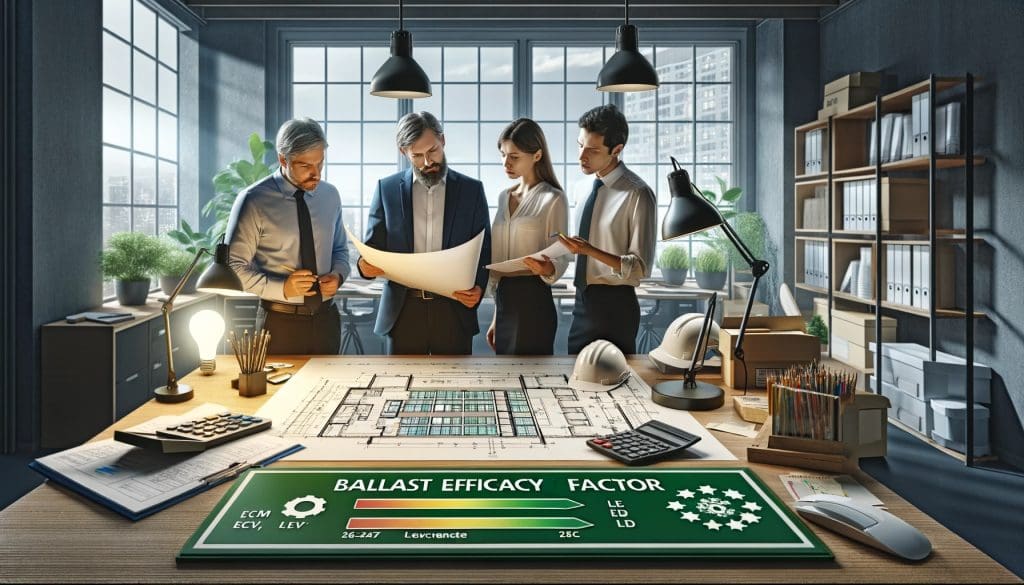Can Poor Ballast Efficacy Violate Energy Codes?
In the realm of energy efficiency and environmental sustainability, the concept of the Ballast Efficacy Factor (BEF) stands out as a pivotal metric. This term, crucial in the context of fluorescent lighting technology, has increasingly become a focal point in discussions surrounding energy conservation and legal compliance within the industry. BEF is fundamentally a measure […]
Read More
